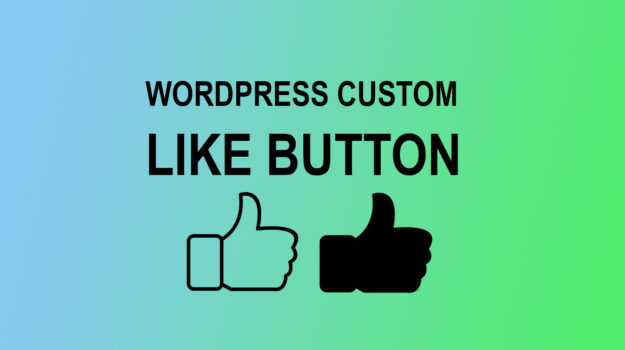Are you developing for WordPress and need to determine WordPress user login status in PHP? Understanding how to check a user’s login status is crucial for tailoring specific functionalities or content based on their authentication state. Hello friends welcome to Mavnty, this guide will walk you through the process using PHP code snippets within WordPress.
WordPress offers a convenient built-in function called is_user_logged_in() that simplifies the task of checking a user’s login status. By leveraging this function, you can execute different actions or display content dynamically based on whether a user is logged in or not.
To integrate this functionality into your WordPress theme or plugin, follow these steps:
Verify User Login Status:
<?php
if ( is_user_logged_in() ) {
echo 'Welcome, logged-in user. <a href="'.wp_logout_url().'">Click here to logout</a>.';
} else {
echo 'Please login by <a href="'.wp_login_url().'">clicking here</a>.';
}
?>This code snippet checks if a user is logged in. If the user is logged in, it displays a welcome message along with a logout link. Otherwise, it prompts the user to login with a login link.
Check for Administrator Role:
You can also restrict certain functionalities or content specifically for administrators using the current_user_can() function:
<?php
if( current_user_can('administrator') ) {
echo 'This will display for WordPress admins only.';
}
?>This code checks if the current user has administrator privileges. If so, it displays content exclusively for administrators.
Target Specific User Capabilities:
WordPress allows you to target specific capabilities of users, including custom roles you may have created. For instance:
<?php
if( current_user_can('manage_options') ) {
echo 'This user can manage WordPress options. (Settings Page)';
}
?>Here, the code checks if the user has the capability to manage WordPress options, which typically applies to administrators.
Styling Based on User Login:
If you prefer not to use PHP, you can alter the site’s styling using CSS when a user is logged in. WordPress automatically adds the class “logged-in” to the body tag when a user is authenticated:
/* Change the background color for logged-in users */
body.logged-in {
background-color: #BEBEBE;
}This CSS snippet modifies the background color of the site when a user is logged in.
Incorporating these PHP snippets into your WordPress theme’s functions.php file or within a custom plugin enables you to customize user experiences based on their login status and roles. Remember to test your implementations thoroughly to ensure they function as intended across various scenarios.
By integrating these techniques, you can enhance the user experience on your WordPress site by providing tailored content and functionalities based on user authentication status and roles.


